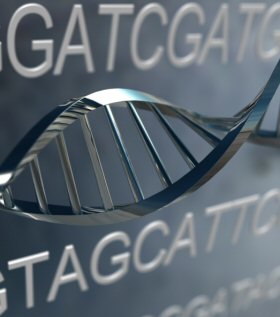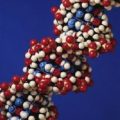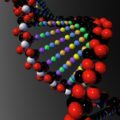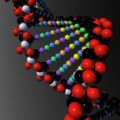
Fossil records indicate that single-celled life first appeared about 3.5 billion years ago. It then took about 2.5 billion more years for multi-cellular life to evolve. Then, in the space of only a billion years, plants, mammals, insects, birds and other species exploded across the Earth. Now, scientists from Rice University think they may be closer to understanding why the speed and complexity of evolution appears to increase with time.
The Rice researchers suggest that the speed of evolution has increased over time thanks to horizontal gene transfer, where bacteria and viruses exchange transposable chunks of DNA between species, thus making it possible for life forms to evolve faster than they would if they relied only on sexual selection or random genetic mutations.
Horizontal gene transfer (HGT) is a cross-species form of genetic transfer. It occurs when the DNA from one species is introduced into another. The idea was pooh-poohed when first proposed more than 50 years ago, but the advent of drug-resistant bacteria and other discoveries, including the identification of a specialized protein that bacteria use to swap genes, has recently led to wide acceptance of the theory.
The new mathematical model, developed by Rice’s Michael Deem and visiting professor Jeong-Man Park, attempts to find out how HGT changes the overall dynamics of evolution. In comparison to existing models that account for only point mutations or sexual recombination, Deem and Park’s model shows how HGT increases the rate of evolution by propagating favorable mutations across populations.
Published in Physical Review Letters, the new model shows how HGT compliments the modular nature of genetic information, making it feasible to swap whole sets of genetic code – like the genes that allow bacteria to defeat antibiotics. “We have developed the first exact solution of a mathematical model of evolution that accounts for this cross-species genetic exchange,” said Deem. “We know that the majority of the DNA in the genomes of some animal and plant species – including humans, mice, wheat and corn – came from HGT insertions. For example, we can trace the development of the adaptive immune system in humans and other jointed vertebrates to an HGT insertion about 400 million years ago. Life clearly evolved to store genetic information in a modular form, and to accept useful modules of genetic information from other species.”








Comments are closed.